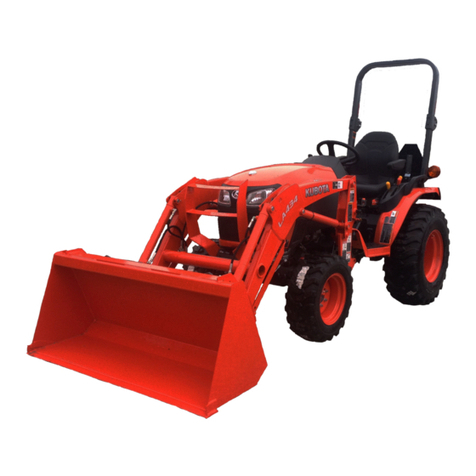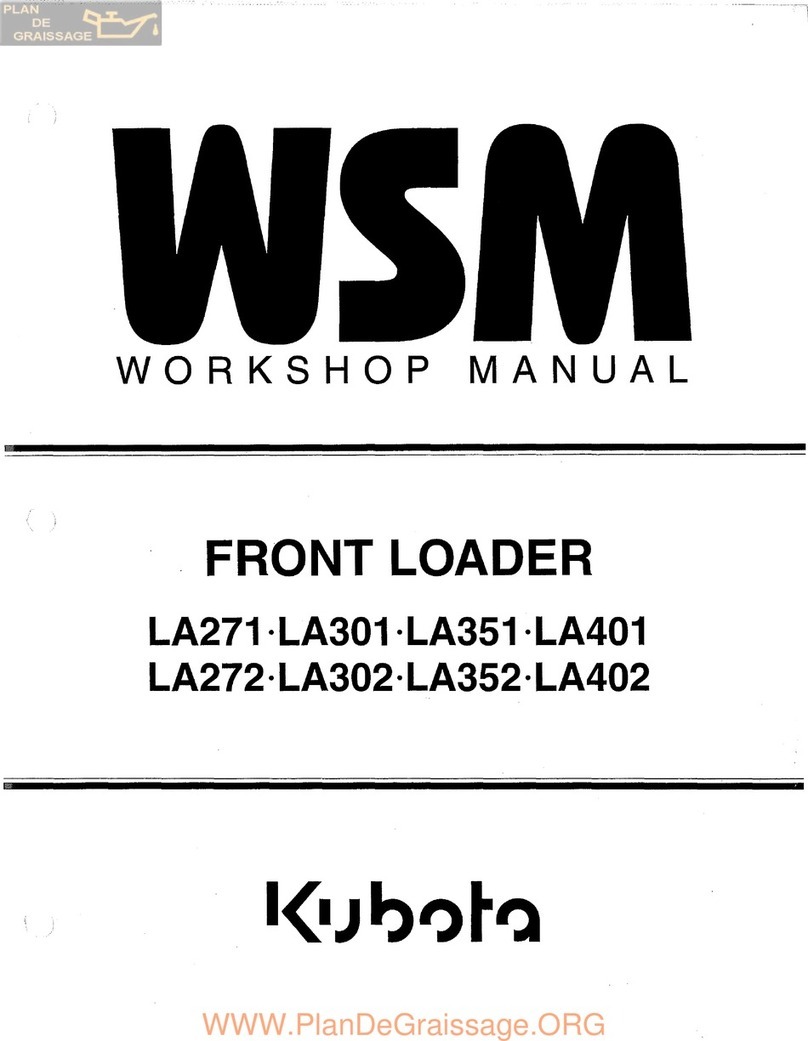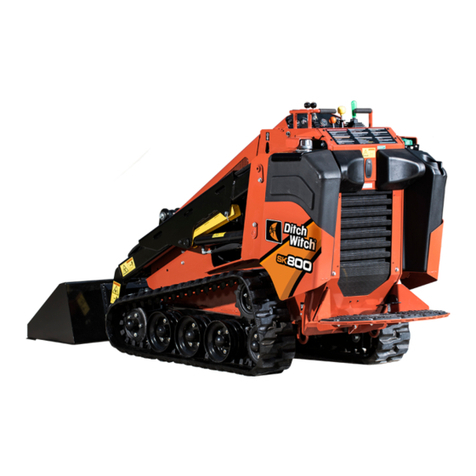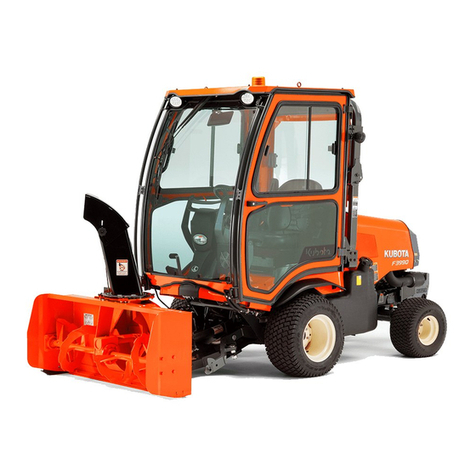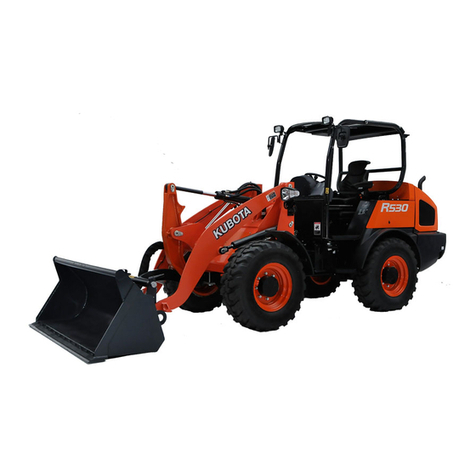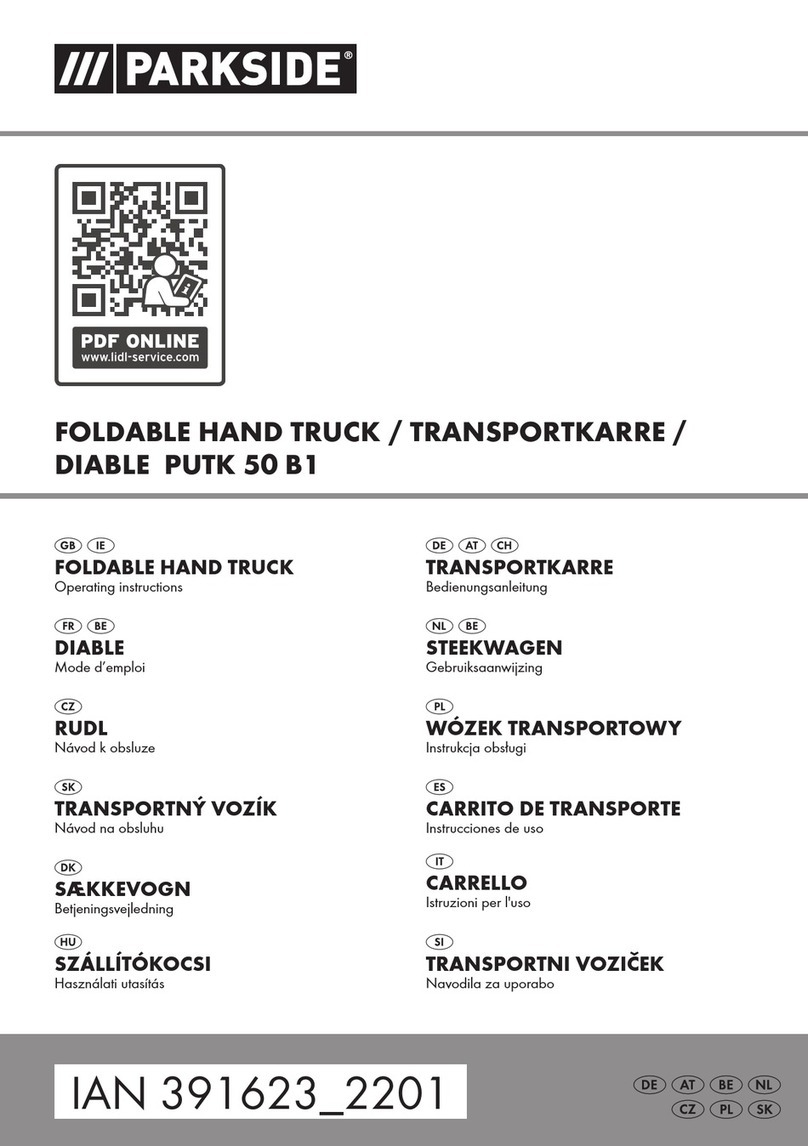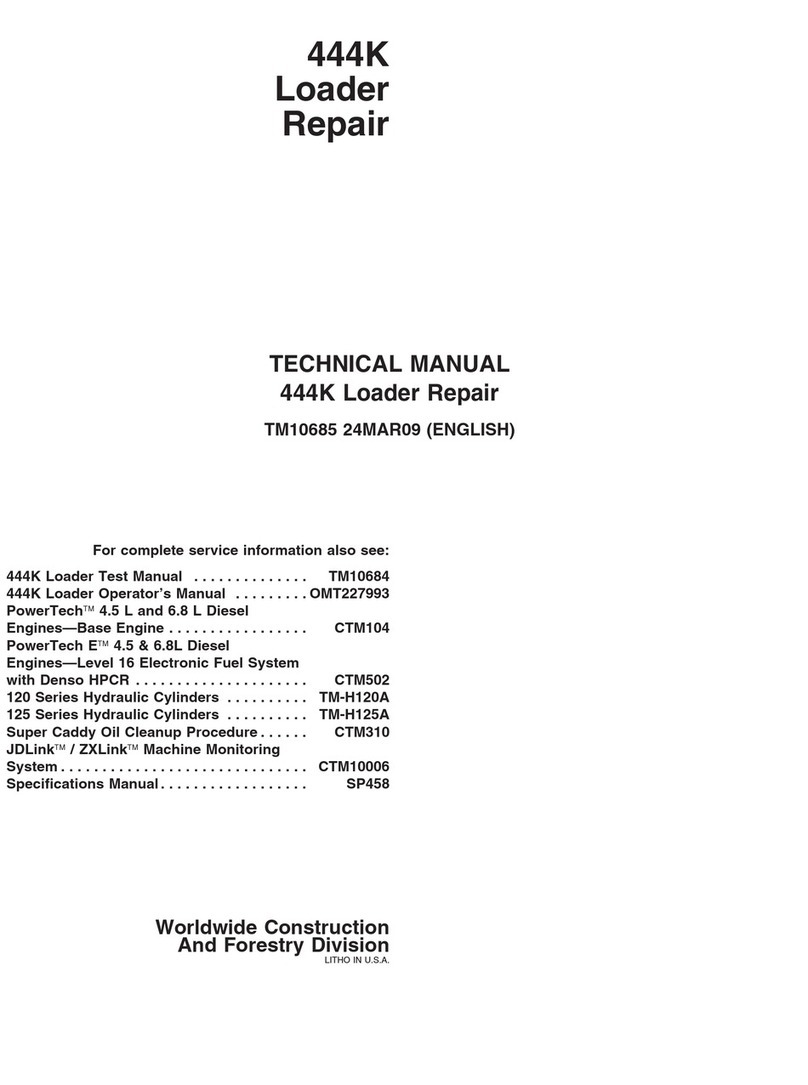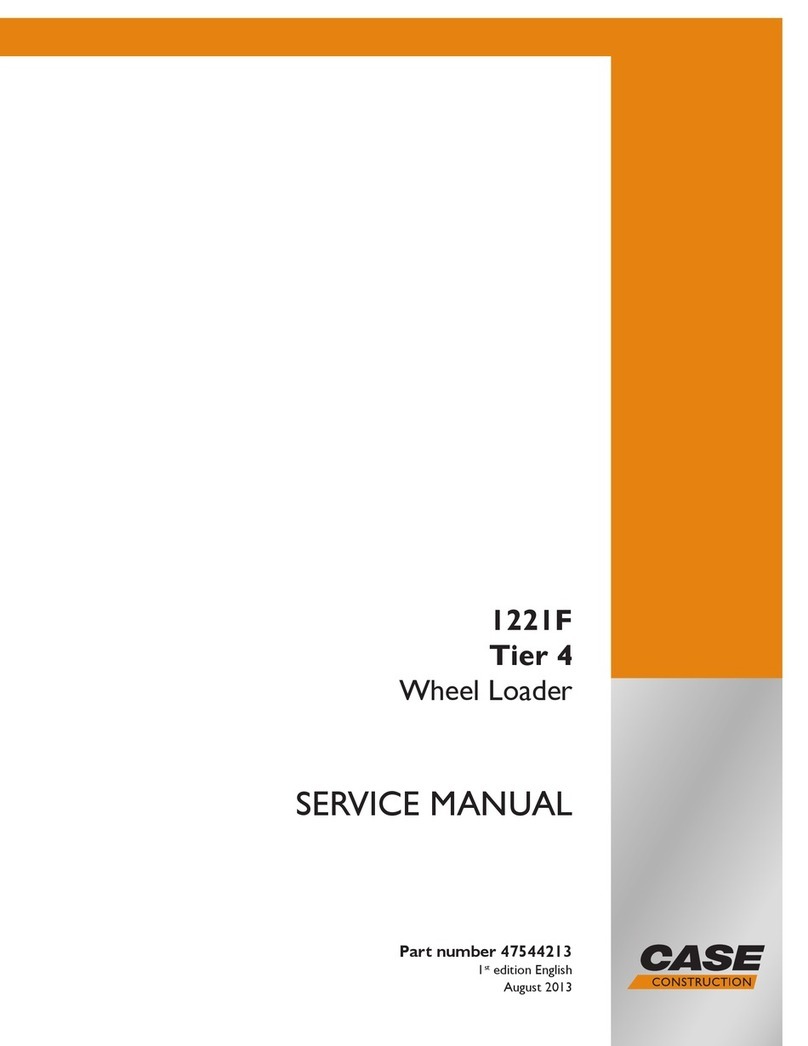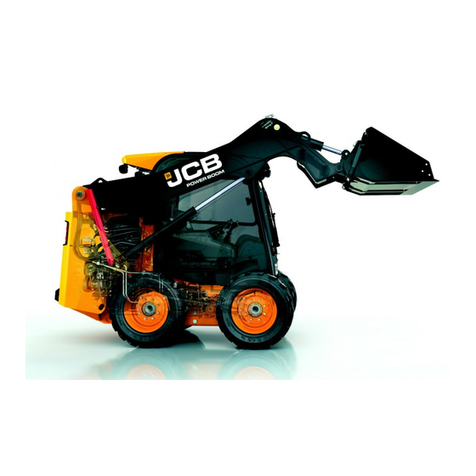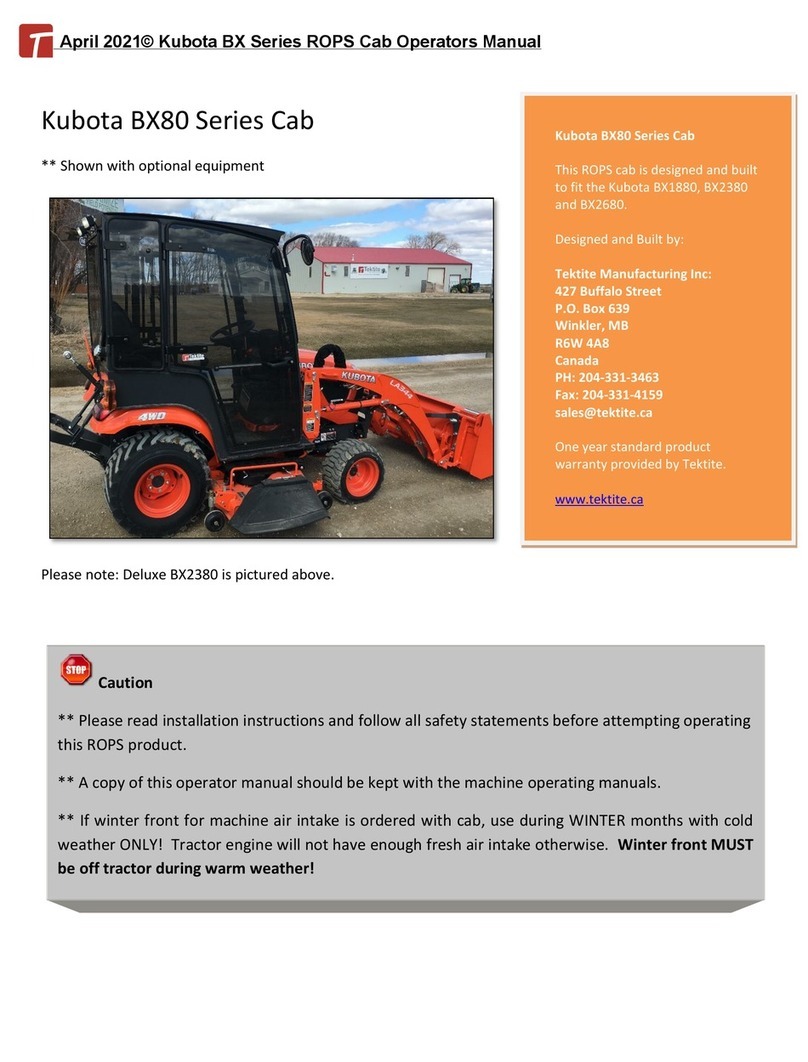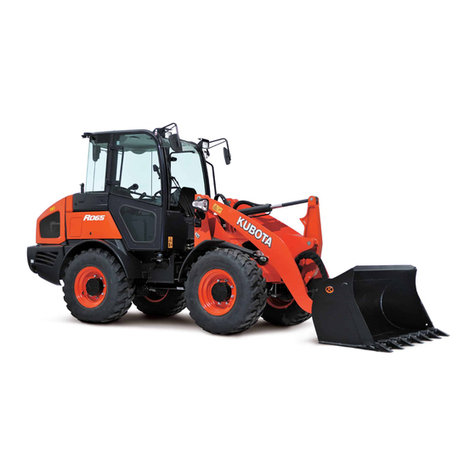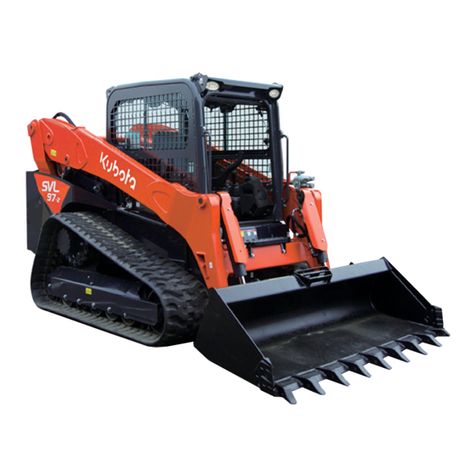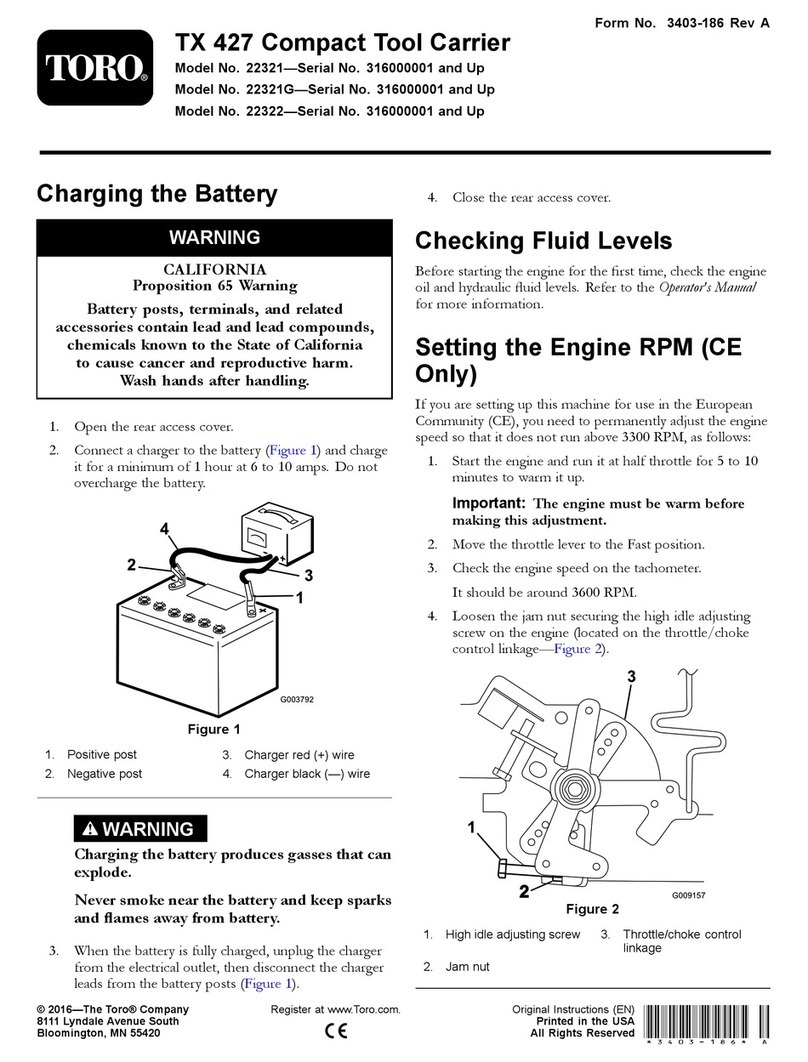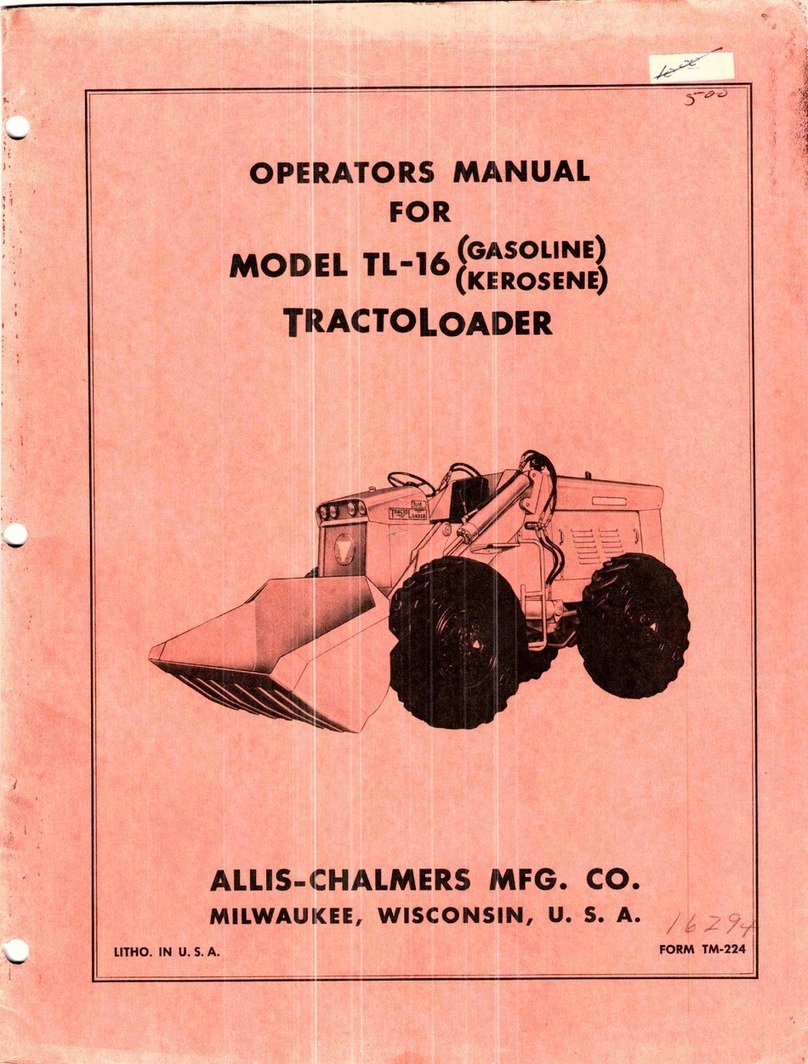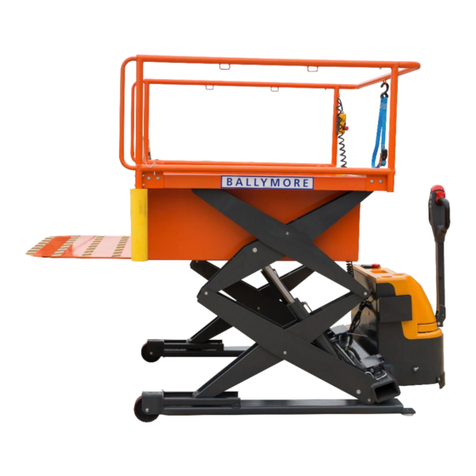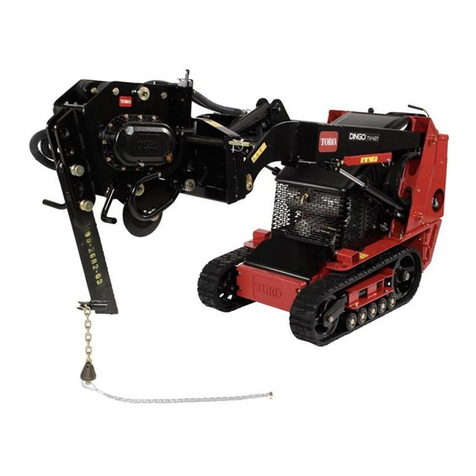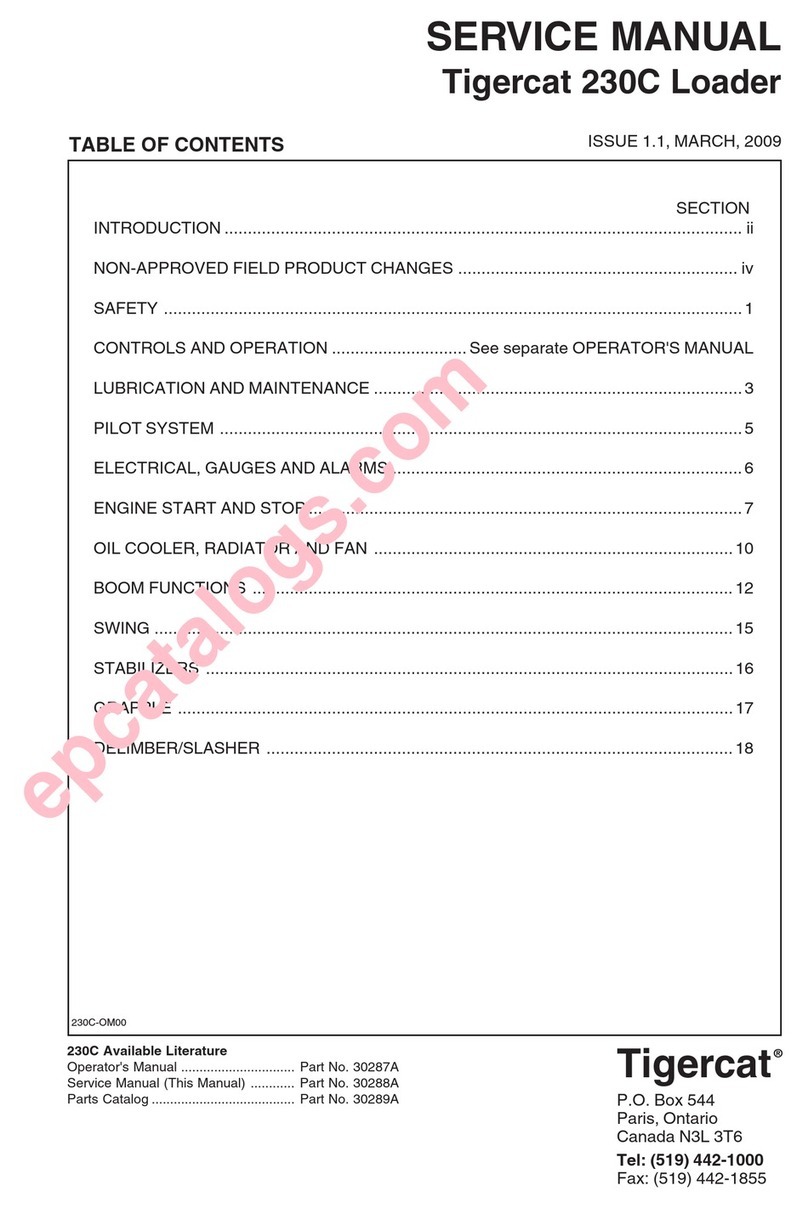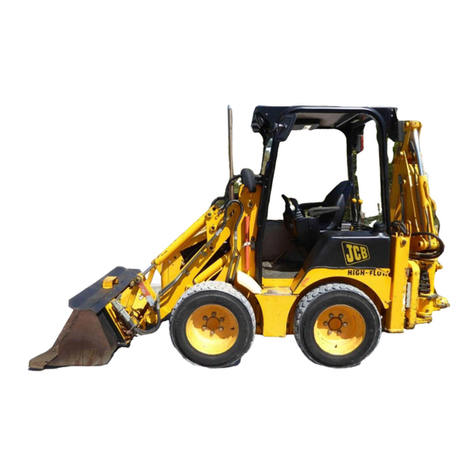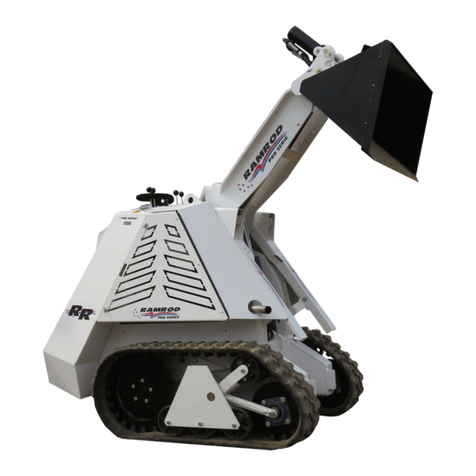
6. Replacing the air cleaner element ............................................................................................................. 95
7. Changing the engine oil............................................................................................................................. 96
8. Replacing the engine oil filter cartridge ..................................................................................................... 96
EVERY 500 SERVICE HOURS .......................................................................................................................... 97
1. Replacing the water separator filter element ............................................................................................. 97
2. Replacing the fuel filter cartridge ............................................................................................................... 97
3. Changing the chain case oil ...................................................................................................................... 98
4. Changing the return filter ........................................................................................................................... 98
5. Replacing the breather filter ...................................................................................................................... 99
6. Replacing the hydraulic oil filter................................................................................................................. 99
7. Checking the air-conditioner drain............................................................................................................. 99
EVERY 1000 SERVICE HOURS ........................................................................................................................ 99
1. Changing the hydraulic oil including the suction filter in the hydraulic tank and the return filter................ 99
2. Hydraulic oil check with the hydraulic hammers...................................................................................... 100
3. Adjusting the engine valve clearance ...................................................................................................... 101
EVERY 1500 SERVICE HOURS ...................................................................................................................... 101
1. Checking the injector tip .......................................................................................................................... 101
2. Replacing the oil separator element ........................................................................................................ 101
3. Checking the EGR cooler ........................................................................................................................ 101
4. Checking the PCV (positive crankcase ventilation) valve........................................................................ 101
EVERY 2000 SERVICE HOURS ...................................................................................................................... 101
1. Checking the alternator and the starter motor ......................................................................................... 101
EVERY 3000 SERVICE HOURS ...................................................................................................................... 101
1. Checking the EGR system ...................................................................................................................... 101
2. Checking the turbocharger ...................................................................................................................... 101
3. Cleaning the diesel-particulate-filter (DPF).............................................................................................. 102
ANNUAL SERVICING....................................................................................................................................... 102
1. Checking the air-conditioner pipes and hoses......................................................................................... 102
2. Checking the exhaust manifold for cracks, gas leakage, and mounting screw ....................................... 102
3. Checking the intake air line for air leaks.................................................................................................. 102
4. Checking the boost sensor and the AFS (air-flow-sensor) ...................................................................... 102
5. Checking the condition of the diesel-particulate-filter (DPF) muffler........................................................ 102
6. Checking the diesel-particulate-filter (DPF) differential pressure sensor and piping for gas leak ........... 102
7. Checking the diesel-particulate-filter (DPF) exhaust gas temperature sensor ........................................ 102
8. Checking the EGR piping for gas leak..................................................................................................... 102
BIENNIAL SERVICING..................................................................................................................................... 102
1. Replacing the hydraulic hose .................................................................................................................. 102
2. Changing the radiator coolant ................................................................................................................. 102
3. Replacing the fuel hose ........................................................................................................................... 104
4. Replacing the intake air line .................................................................................................................... 104
5. Replacing the radiator hoses................................................................................................................... 104
6. Replacing the air-conditioner pipes and hoses........................................................................................ 104
7. Replacing the closed breather related rubber piping............................................................................... 105
8. Replacing the diesel-particulate-filter (DPF) differential pressure sensor rubber piping (front and back)105
9. Replacing the suction pipe downstream the AFS (air-flow-sensor)......................................................... 105
10. Replacing the boost sensor pressure rubber piping .............................................................................. 105
11. Replacing the EGR cooler hose............................................................................................................. 105
SERVICING AS REQUIRED............................................................................................................................. 105
1. Checking the amount of refrigerant gas .................................................................................................. 105
2. Draining the water separator in case warning against water of the fuel filter .......................................... 105
3. Purging of the fuel system ....................................................................................................................... 105
4. Cleaning the plastic parts and synthetic leather ...................................................................................... 106
SERVICE FOR TIRES ...................................................................................................................................... 106
1. Precautions for handling the tires ............................................................................................................ 106
2. Checking the tire pressure....................................................................................................................... 106
3. Changing the tires ................................................................................................................................... 106
4. Mounting the tires .................................................................................................................................... 107


